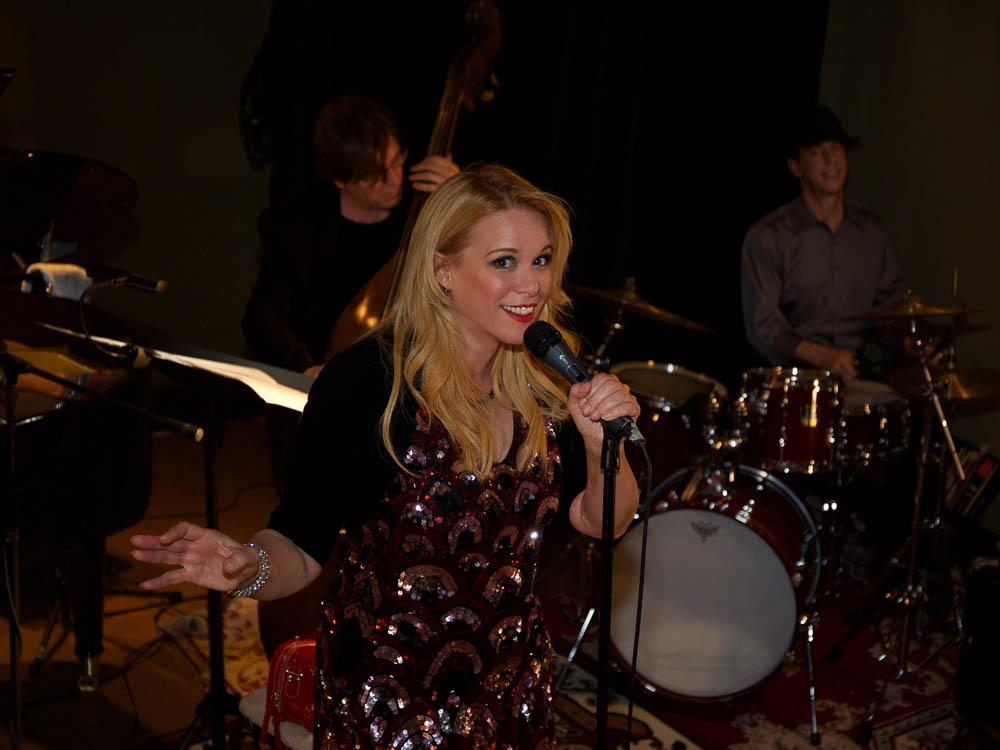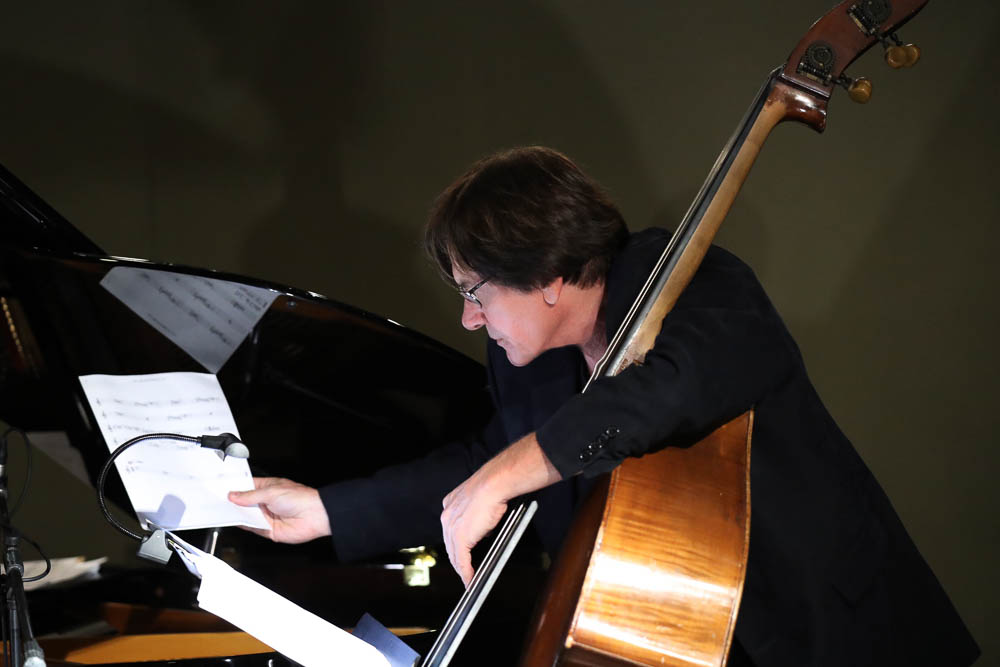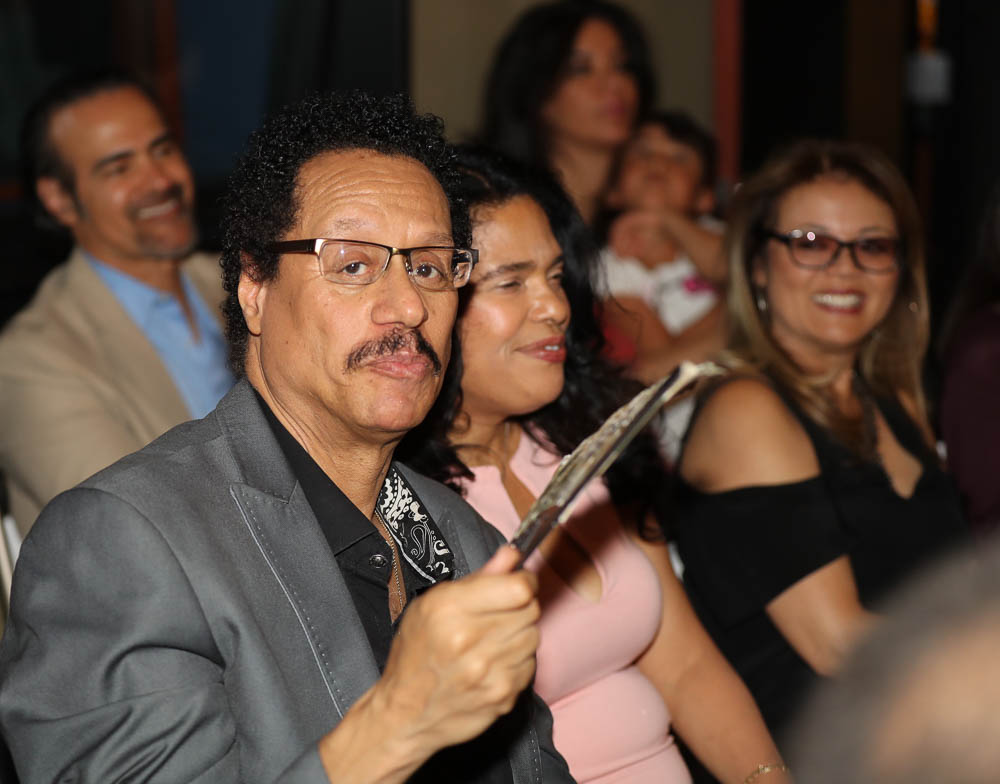By Sean McKenzie | The Indie Hotspot | April 11, 2017
“I wanted to let people know more about some of these well-known songs, many of which have evolved into jazz standards. Every song has a backstory. I also thought it would be a good way to introduce real jazz to a young audience, too. I really think that was accomplished with this recent private concert,” states Kaylene Peoples

Kaylene Peoples does a lot of things. She has been called a renaissance woman more than once in the press and her musical disciplines are varied. These disciplines range from jazz, classical, and even pop. Since her release of her first jazz album All Jazzed Up!, Kaylene has embraced “real” jazz with a bear hug. Kaylene released her second jazz masterpiece titled My Man, and with that she invited legends Hubert Laws, Bunny Brunel, and Bobby Lyle to guest perform, seeming to further make her point . . . “It’s all about the ‘real’ jazz.” Between these two albums, the performances and new arrangements of songs from the Great American Songbook have been the theme with the exception of “Run Away with Me,” “My only Crime,” and the song that charted independently back in 2005 “Do You Remember?” . . . her three originals that could easily be mistaken for standards off of All Jazzed Up!

Ultimately, Kaylene started a private Facebook group just for real jazz lovers.Back in 2012, she created the Indie Hotspot Jazz Series to bring more ‘real’ jazz to Los Angeles on a regular basis. And it’s not so hard to understand why her live performances consist of only ‘real’ jazz. What is real jazz? The term defines when the medium became popular in the United States. Many songs that were featured in classic Old Hollywood films by a well-known group of composers and performed by popular singers of the time. This practice continued for almost a century now, but has broken up into many different styles of jazz.

Jazz is defined as an improvisational discipline, where the instrumentalists use modal jazz changes as their guide. Classic vocal jazz consisted of jazz chords with subtle to extreme vocal improvisation, sometimes incorporating scatting. Standards & Stories from the Great American Songbook was a concept Kaylene Peoples had to marry standards with real jazz. [Footnote: Today we have a genre called smooth jazz, which is often confused with real jazz. The theory of the two genres are very different, yet they both have their own unique appeal. And sometimes these two genres cross over into the other genre’s style.]

Kaylene Peoples Standards and Stories from the Great American Songbook premiered April 2nd, 2017 at the Mouse House Studio in Altadena, the third private concert put on by The Indie Hotspot. It was an intimate setting with an impressive lineup: Kaylene Peoples (vocals/flute), Bunny Brunel (acoustic bass), Mahesh Balasooriya (grand piano), and Bryan Cabrera (drums). Chase Masterson narrated and sang three Peggy Lee standards. Using a traditional trio and old-fashion storytelling, the audience was captivated by the stories and performances by this mega-talented ensemble.


